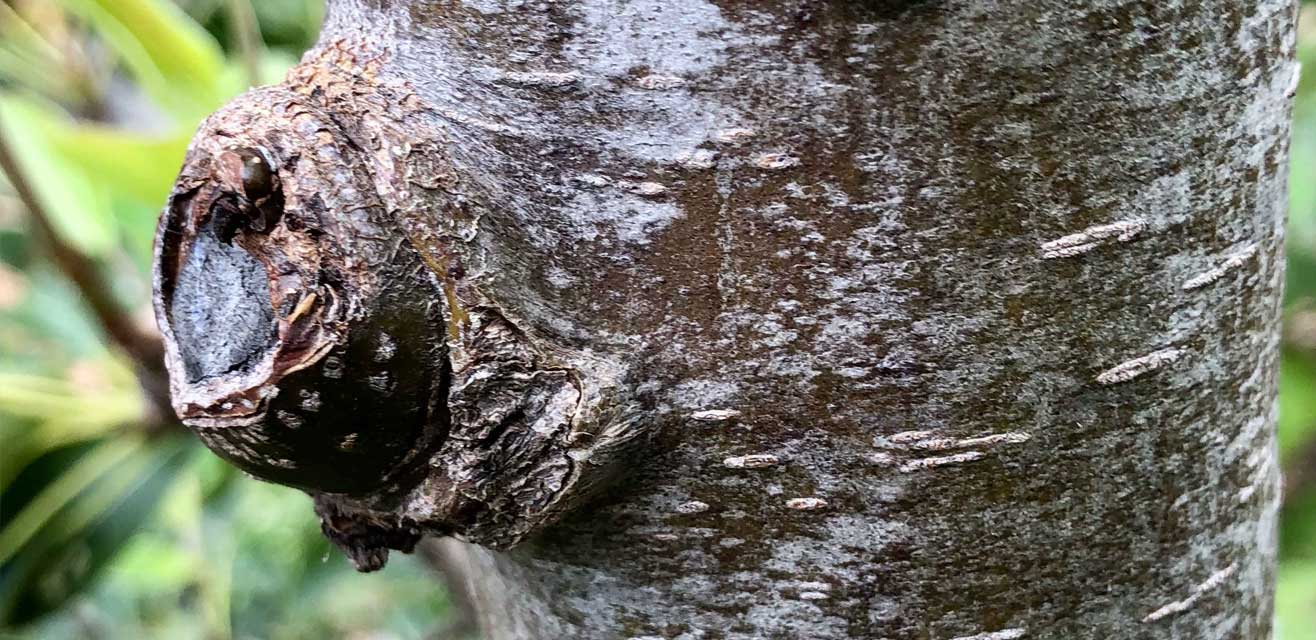Should I use a wound paint on pruning cuts?

Should I use a wound paint on pruning cuts? The short answer is ‘No’! 15 years ago the answer may have been yes but there has been much research in this period of time which has definitively concluded that it is not only unnecessary but may prevent the tree carrying out its normal protective processes. In fact, this research started 50 years ago and avoiding the use of wound sealants was first recommended as far back as the 1970s.
Pruning sealants include Mastic gum, and petroleum and asphalt/bitumen products. They can seal in disease, decay, insects, microbes and moisture. Bitumen sealants can heat up the area to which it is applied, damaging the plant tissue beneath or crack open under heat and stress allowing pathogens and moisture to enter. Sealants also interfere with the trees’ compartmentalisation process which allows wound wood to form.
Tree wounds do not heal so do not need a healant. They isolate the damage and grow calluses over wounds, beginning at the outside and growing inward until the wound is covered. This is as true of fruit trees as it is of forest trees. So allow your trees to use their own natural defence mechanisms to protect themselves.
- Our role is to:
use sharp, sterilised tools and clean again before moving on to another tree or clean after pruning a diseased limb - make good clean cuts at the right time of year
- remove stubs and cut as close to the collar as possible while leaving it intact. The collar is the swelling on the the lateral where it joins the main branch or trunk (see photo)
- remove all prunings from beneath the tree (in order to remove any diseased wood that may reinfect the tree)
- use disease-free mulches beneath the tree. Some tree loppers who prune mainly Council trees for safety purposes supply disease-free wood chip.
Many sealants are carcinogens so a bonus is that not using them also protects your health.
Written by Robin Gale-Baker
